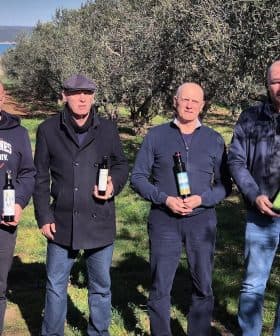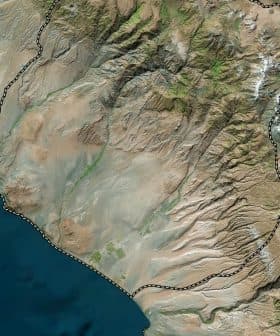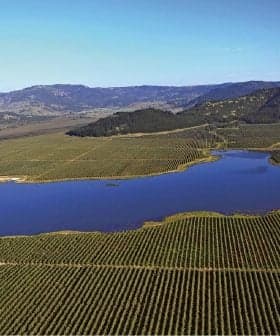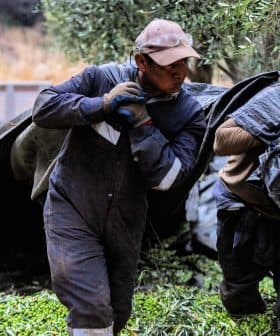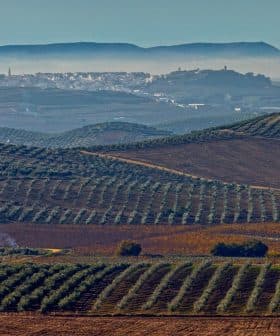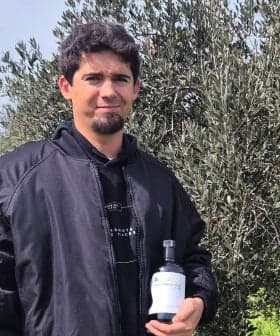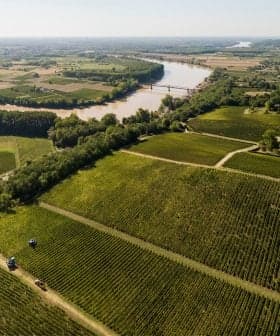Drought Continues to Concern Growers in Chile
Chilean olive oil producers are expecting a decrease in production compared to last year’s record yields, with some attributing the decrease to an “off-year” in the olive tree’s natural cycle and water rationing due to drought. Producers are also facing challenges related to rising production costs, global supply chain issues, and political instability in Chile, while some companies are investing in precision agricultural systems to mitigate the impact of these challenges.
With the olive harvest in full swing across Chile, producers in Latin America’s second-largest olive oil-producing country expect a slight decrease from last year’s record yields.
“Producers in the central-south zone began in mid-April to avoid the rains and frosts that may occur at this time, and they hope to finish in mid-June,” Gabriela Moglia, the general manager of ChileOliva, a producers association, told Olive Oil Times.
Since 2018, we have been working under a precision farming system, and it’s been paying off. During this year, the drought didn’t affect our irrigation system much because of excellent management of our water resources.
“The producers from the north started at the beginning of May since they do not have climatic risks, and they intend to finish at the end of June,” she added. “The harvest has gone very well, but a lower production than last year is expected, as it was a historic 2021.”
Last year, Chile produced 25,500 tons of olive oil, a 13-percent increase compared with 2020. However, this year’s yields are expected to fall closer to the rolling five-year average of 21,200 tons.
See Also:2022 Harvest UpdatesProducers attributed the production decrease to various factors, with some entering an “off-year” in the natural alternate bearing cycle of the olive tree and others rationing water due to the ongoing drought affecting the country.
José Manuel Reyes, the development manager at Agricola Pobeña, which produces the Alonso Olive Oil brand, was among the producers blaming drought for the harvest decrease.
“While we know the 2020/21 crop year was a record, this year we project a considerable decrease in terms of kilograms of fruit per hectare,” he told Olive Oil Times.

Photo: Agrícola Pobeña
“The main factor is the scarcity of rain we had in 2021, which was below average,” Reyes added. “It was very important to manage the water in a good way to maintain production, having to reduce irrigation up to a 50 percent for some varieties.”
Sprawling over 600 hectares in the central region of O’Higgins, about 140 kilometers southwest of Santiago, the producers at Agricola Pobeña believe water management will be a challenge for olive oil production in the region indefinitely.
Just a few kilometers east of Agricola Pobeña, the producers behind Olivos del Sur also anticipate a slightly smaller harvest this year.
Claudio Lovazzano, the company’s marketing manager, told Olive Oil Times that Chile’s largest producer would yield 2.3 million liters of non-organic olive oil and an additional 700,000 liters of organic olive oil by the end of the harvest. “The yield is 10 percent below the previous harvest, but with really high-quality oil,” he said.
Few in Chile believe the drought situation is likely to change drastically. As a result, companies such as Olivos del Sur decided the best course of action was to invest in prevision agricultural systems.

Photo: Claudio Lovazzano
“Since 2018, we have been working under a precision farming system, and it’s been paying off,” Lovazzano said. “During this year, the drought didn’t affect our irrigation system much because of excellent management of our water resources.”
Instead, Lovazzano said rising production costs and continued global supply chain issues are Olivos del Sur’s most significant challenges. “Worldwide raw material prices were rising, and they keep rising,” he said.
Reyes is in a similar situation. He said sea freight prices continue to rise, and shipping times remain longer and less predictable than before the Covid-19 pandemic. Both of these factors make coordinating deliveries of exports another challenge.
“In relation to trade, the main challenge is still logistics,” he said. “Sea freight continues to increase its value compared to last year, and transits exceed 60 days when 30 days was normal, so export planning has been key to reaching consumers on time with fresh oils this year.”
Situated directly to the south of the O’Higgins region, in the Cúrico Valley, Santiago Sarquis of Aurora Olive Oil outlined four main challenges his company faces, including drought and difficulties with exports.
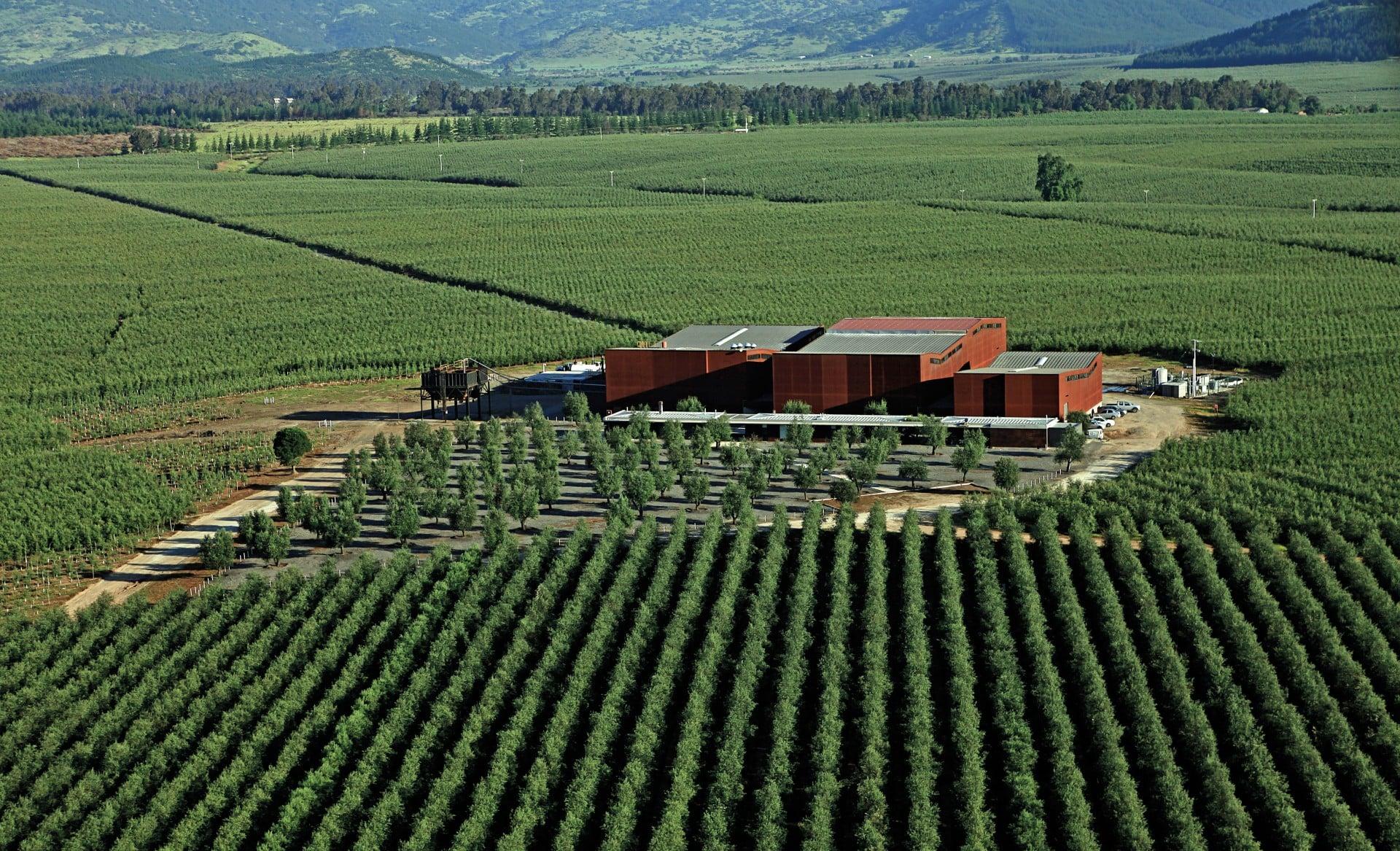
Photo: Santiago Sarquis
“Many producers have already stopped irrigating their plantations, especially further north [of Santiago], where the reservoirs are practically dry,” he told Olive Oil Times. “The fields further south also have water problems, but the north is worse. We have to wait to see how this winter comes with the rains.”
“Secondly, it is difficult to find shipping companies, and since we are so far from Europe and the United States, the price of freight is very high,” Sarquis added. “A flexi [a type of shipping container primarily used to transport liquids] used to cost $2,000 to the U.S., and today it is $12,000. This increase in freight is bad for the producer and importer.”
The company’s third main challenge is the rising costs of production, especially packaging materials such as cardboard boxes and glass. Along with the additional shopping costs, this also adds to the company’s overhead and eats away at the bottom line.
“Finally, we are experiencing many political problems in Chile,” Sarquis said. “They are drafting a new constitution, and political problems always have an impact on business. This has caused very high inflation, and because of this, the value of hiring people has also increased.”
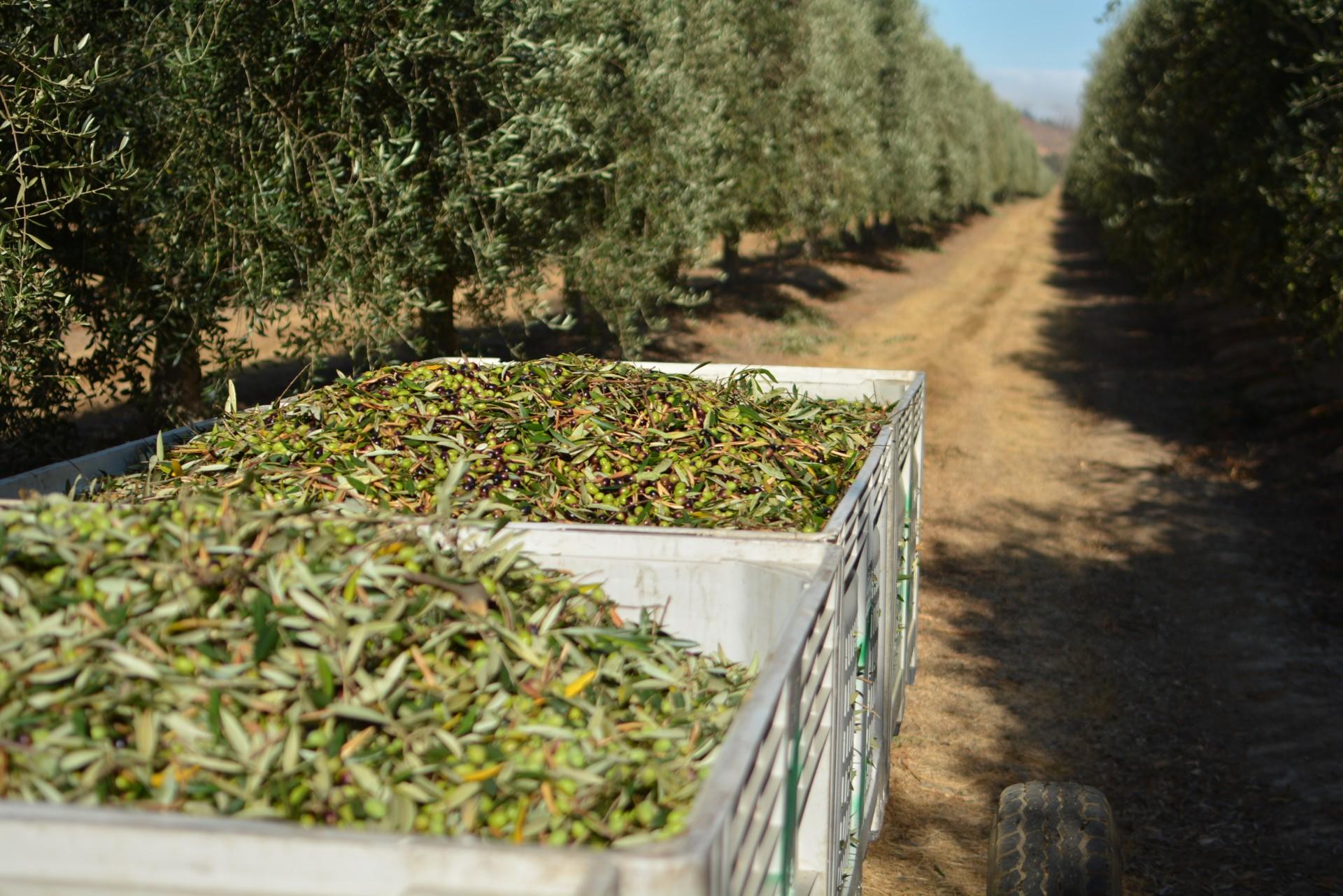
Photo: Fernando Carrasco Spano
However, not all producers experienced production dips this year. Back in the O’Higgins region, the producers behind Olivos Ruta del Sol expect to produce more olive oil than they did last year.
Fernando Carrasco Spano, the company’s chief executive, told Olive Oil Times that instead of drought and supply chain issues, the company’s biggest challenges are finding a more extensive domestic consumer base for their extra virgin olive oil in Chile and rising production costs.
“Our biggest challenges are in the sale of our high-end brands and the higher harvest labor costs that have been observed in recent years,” he said.
“Our biggest challenge is to look up and bring extra virgin olive oil to the psyche of consumers and get them to appreciate it as the main ingredient in haute cuisine,” Spano concluded.


